About a year ago I was contacted, via my wife, by a friend of hers whose friend (hope you’re keeping up here!) had an old camera she was looking to sell. Somehow, I have the reputation of someone who will buy such things. It turned out to be a Nikkormat EL, in pretty good shape. It also came with a Nikkor 50mm F1.4 lens, and a Sigma zoom. I offered what I thought was a fair price, and after a little haggling, a deal was done. In truth, I probably paid a little more than the kit was worth, but it’s a nice chunky SLR from the 70s, and I do like it. The zoom, not so much, but it’s there if I need it.
Of course, the battery had long expired, so there was a certain amount of trust that everything worked as it should. Now, where to put the battery? Eventually after scouring the internet, I find that it is tucked inside the lens opening down below – very strange! In went a new battery, and everything worked perfectly. I loaded up some Kodak Ultramax 400 and away I went happily snapping. Or, at least for around 15 frames. Then, I’m sorry to say the camera sat in a display cabinet for the next 12 months.
The EL was one of the first from the Nikon stable to have aperture priority, I believe. I didn’t use this to begin with, trusting fully manual in preference. It really is a lovely camera to handle. It’s quite heavy, really substantially put together, and it has a reassuring heft to it. Another slightly idiosyncratic feature is the frame advance lever also acts as the on/off switch. That is, you pull the lever out a tad to switch the camera on. I believe this caused some consternation to left-eyed photographers, in that when they raised the camera to their left eye, the lever stabbed them in the right eye! As happily I’m right-eyed, this didn’t affect me.
A couple of weeks ago the EL managed to catch my eye (not with the frame advance lever!) whilst sitting forlornly in the display cabinet. I dusted it off, and resolved to finish and develop the film, this time utilising the aperture priority mode. So, I took some more shots around the house and garden and ordered some Bellini C41 chemicals. On last Thursday evening I developed the film.
I was very pleased with the results. First a word about the Bellini chemistry. It is a breeze, and as quick to use as a B&W developer. The temperature needs to be higher of course, and to maintain 38 degrees C you need to have a system (I use the Cinestill TCS-1000 and a “sous vide” tank), but the results are excellent. The Kodak Ultramax 400 film was also a revelation. It had the slightly muted colours I so admire in the “classic chrome” film sim on my Fuji digitals. The 50mm F1.4 Nikkor is also an absolute delight. Sharp, but with lovely creamy bokeh when wide open.
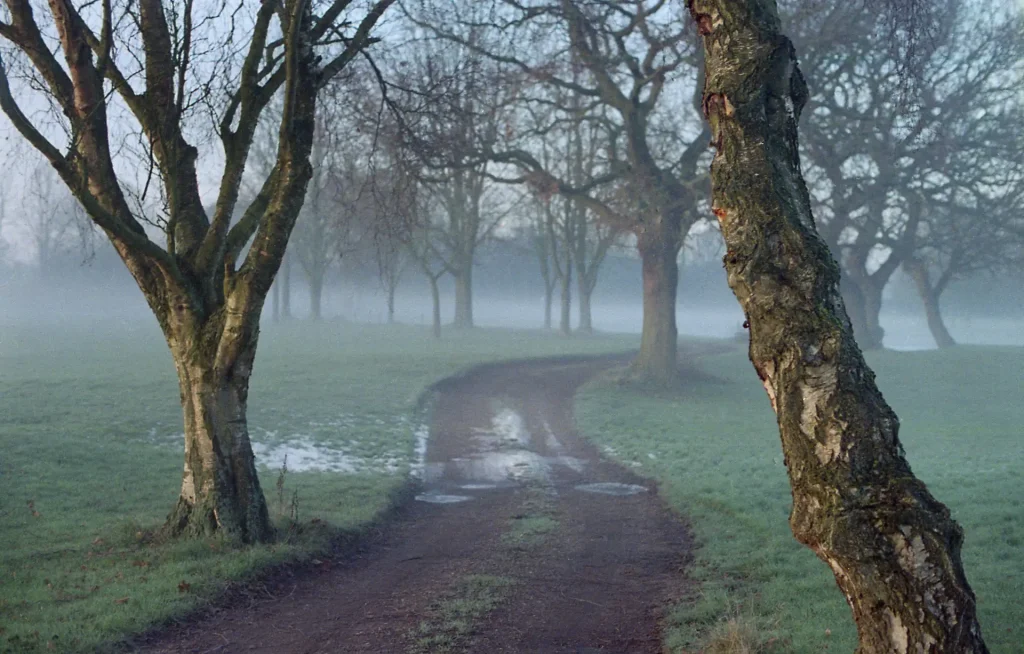
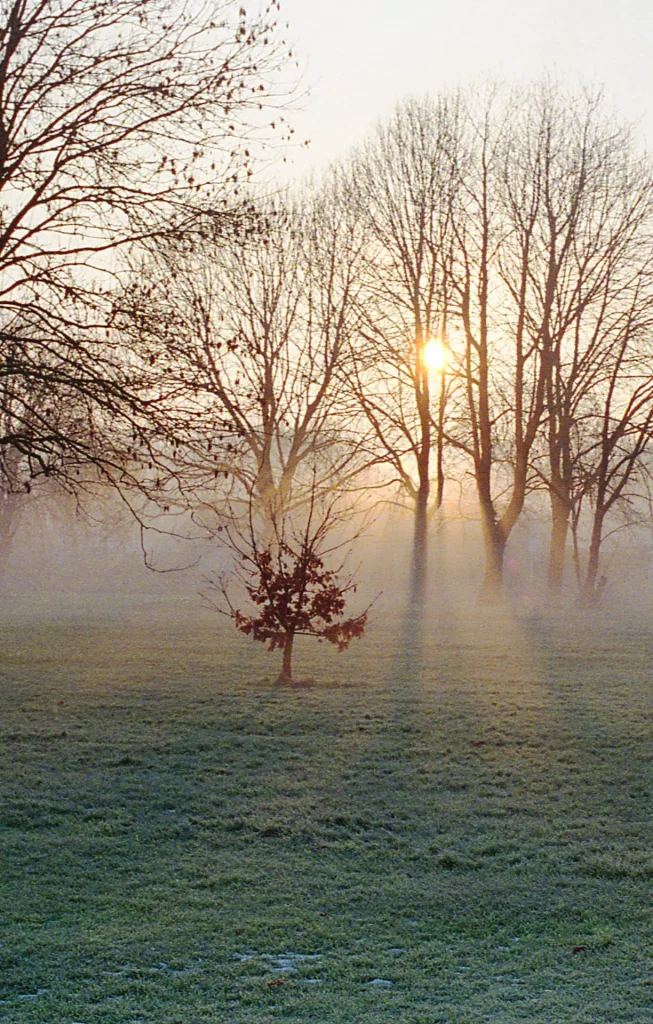
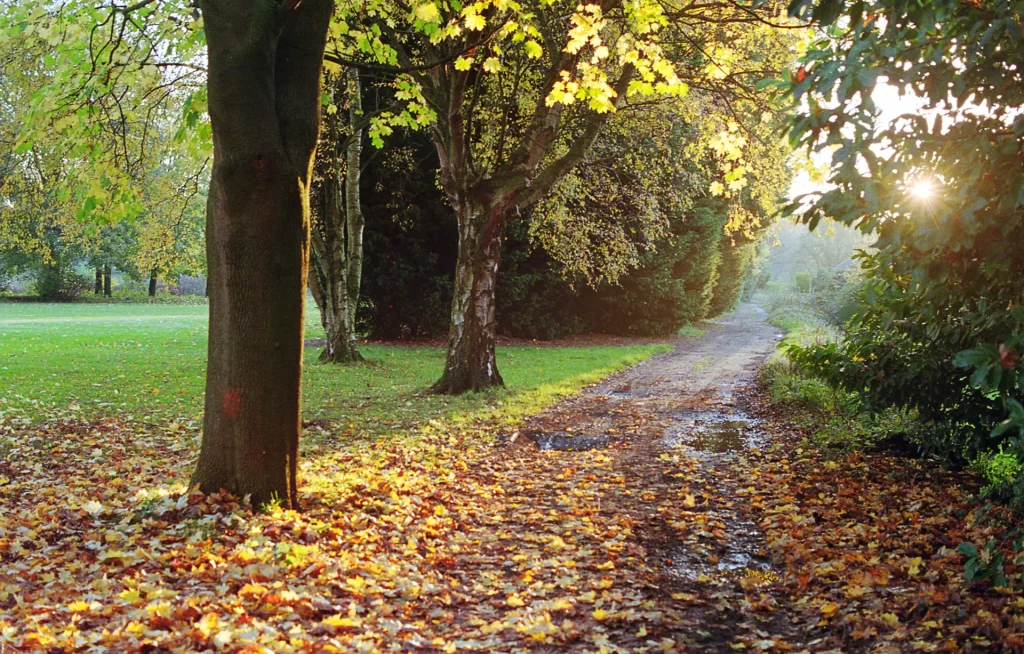
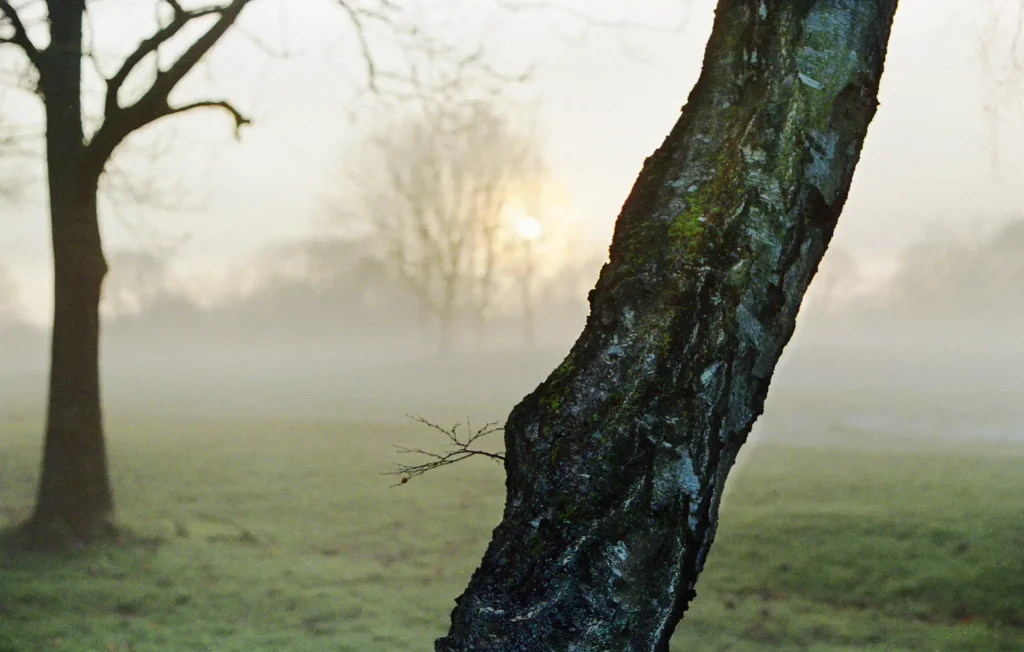
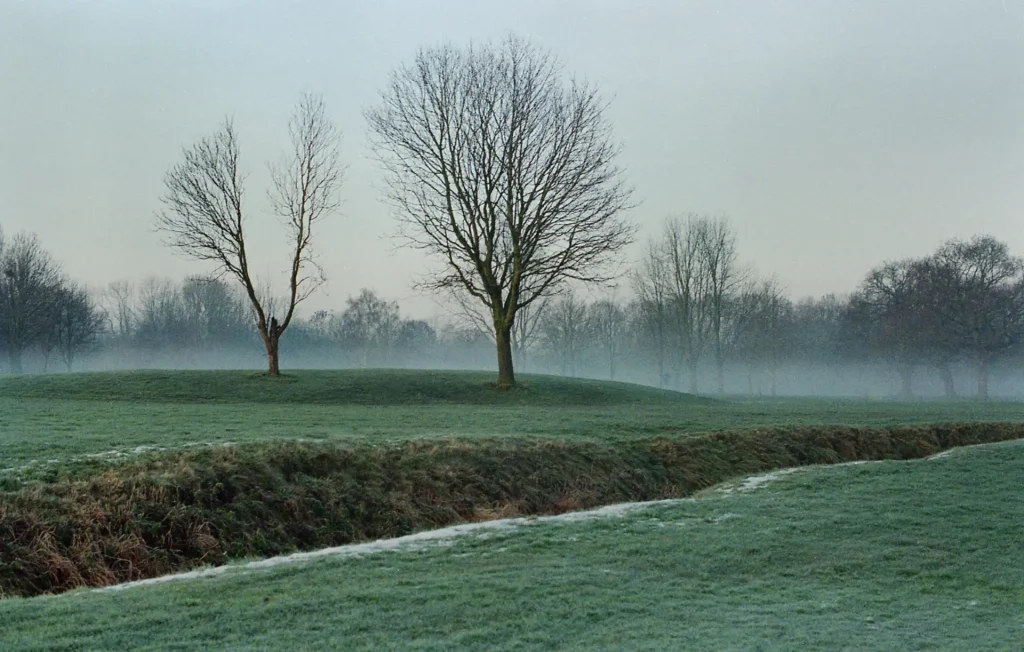
As said above, the camera is a joy to use. I wouldn’t be put off by the weight – in fact I think it helps to keep the camera steady for slow-ish, say, 1/30th shots. It seemed to produce very well exposed images with both the manual and the aperture priority modes. I would thoroughly recommend the EL if you get the chance of picking one up… Unless you are left-eyed of course!
Steve Curzon Photography
Steve Curzon – Flickr
Steve Curzon – Instagram
Share this post:
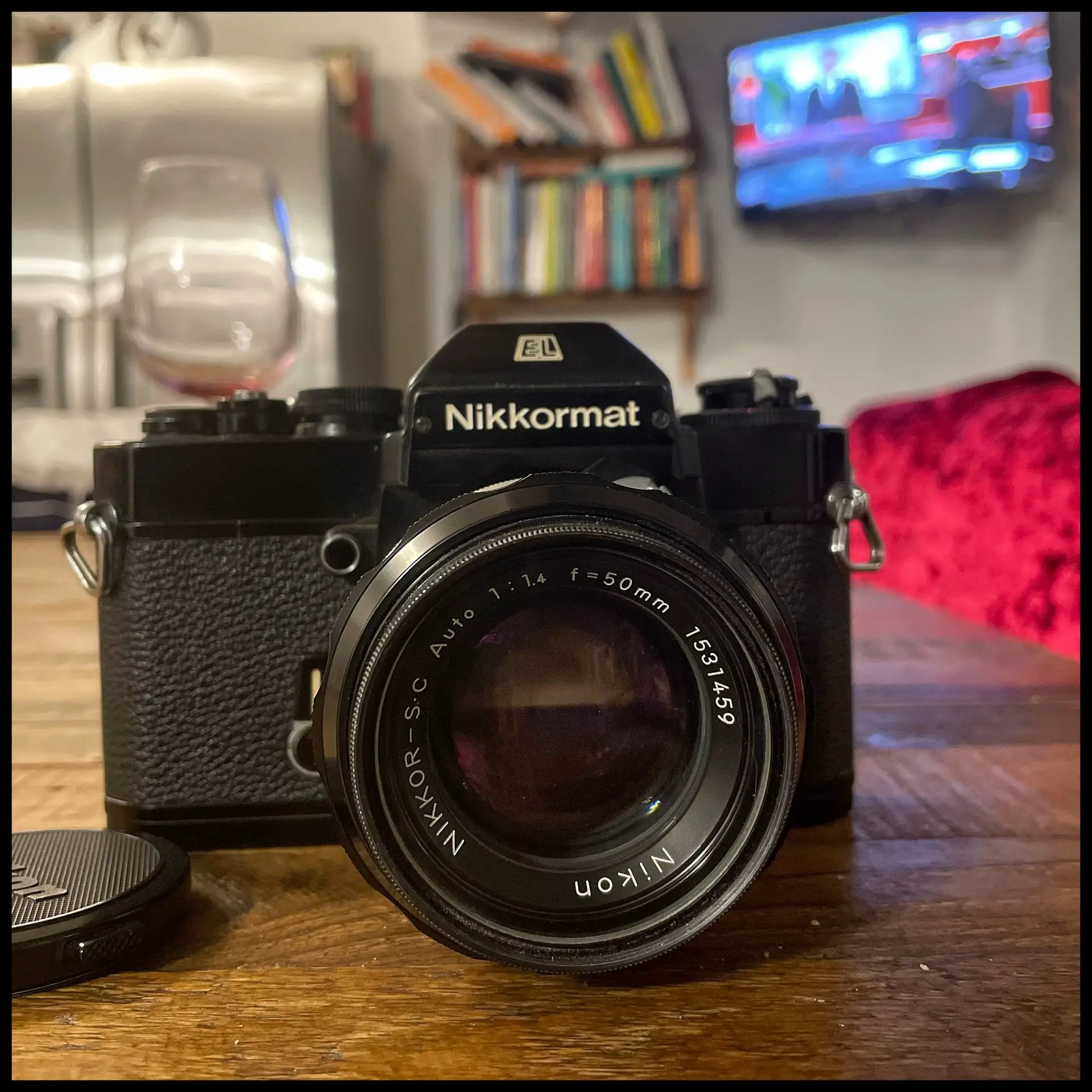
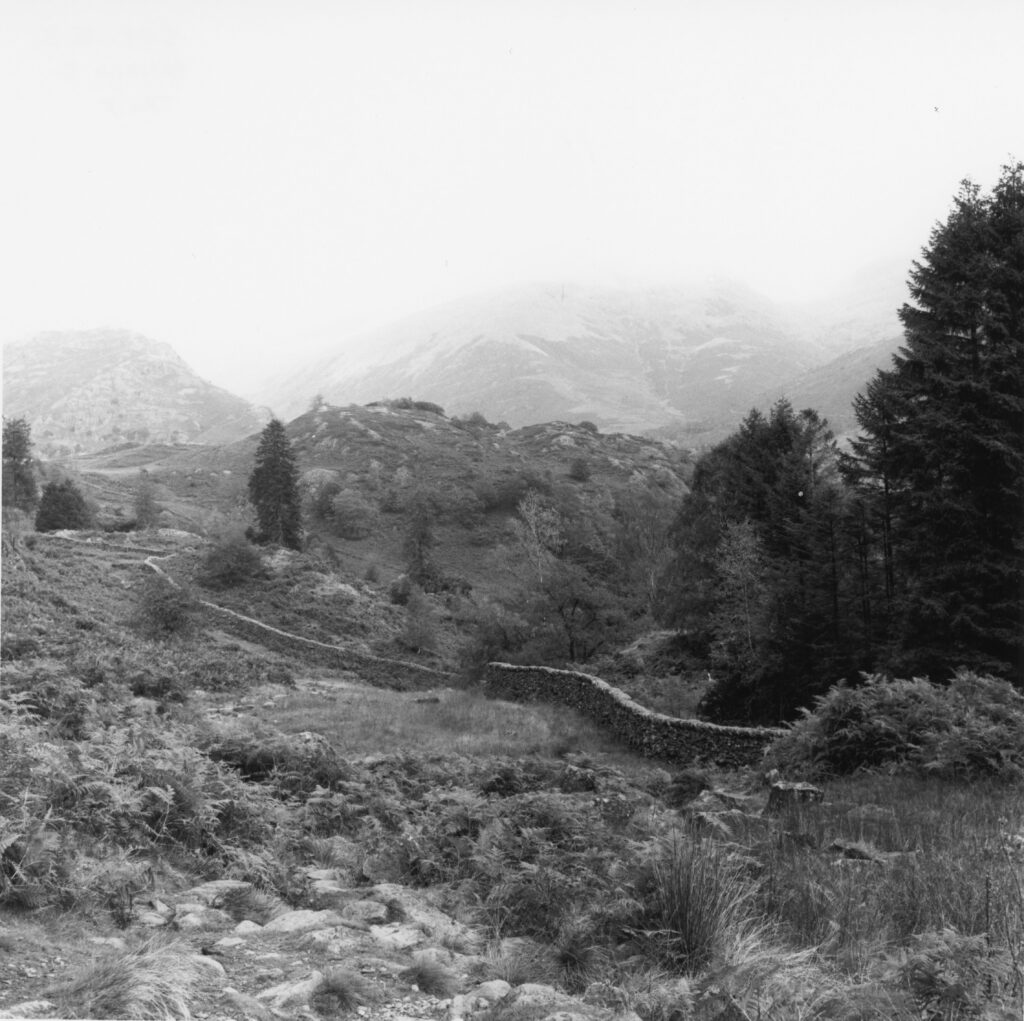
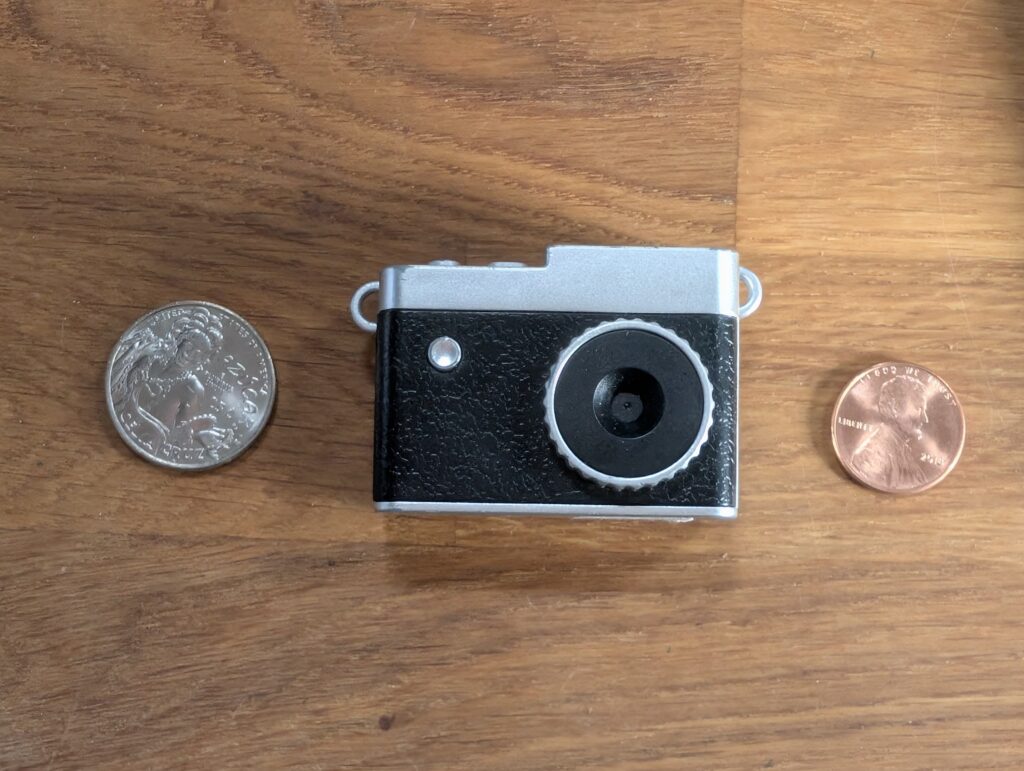
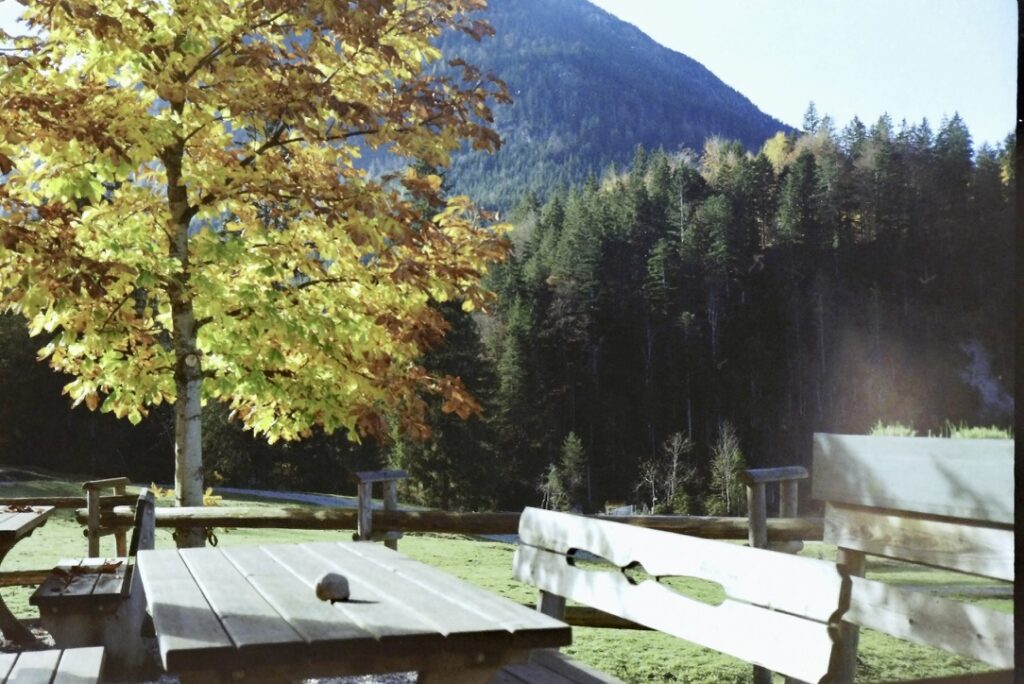





Comments
ben heijermans on 5 Frames with a Nikkormat EL – By Stephen Curzon
Comment posted: 15/01/2022
Comment posted: 15/01/2022
DaveP on 5 Frames with a Nikkormat EL – By Stephen Curzon
Comment posted: 15/01/2022
Comment posted: 15/01/2022
Comment posted: 15/01/2022
Comment posted: 15/01/2022
5 Frames with a Nikkormat EL – By Stephen Curzon - Traxense on 5 Frames with a Nikkormat EL – By Stephen Curzon
Comment posted: 15/01/2022
Fred Nelson on 5 Frames with a Nikkormat EL – By Stephen Curzon
Comment posted: 15/01/2022
Comment posted: 15/01/2022
Kurt Ingham on 5 Frames with a Nikkormat EL – By Stephen Curzon
Comment posted: 15/01/2022
Comment posted: 15/01/2022
Castelli Daniel on 5 Frames with a Nikkormat EL – By Stephen Curzon
Comment posted: 15/01/2022
Comment posted: 15/01/2022
David Hume on 5 Frames with a Nikkormat EL – By Stephen Curzon
Comment posted: 15/01/2022
Comment posted: 15/01/2022
John Austin on 5 Frames with a Nikkormat EL – By Stephen Curzon
Comment posted: 16/01/2022
I loved my EL-2 until I started using the F3. After that, it sat on the shelf where it remains today. Perhaps I should dust it off and give it some love?
Comment posted: 16/01/2022
Kodachromeguy on 5 Frames with a Nikkormat EL – By Stephen Curzon
Comment posted: 16/01/2022
Oh, and great camera. It is another example of Nikon's meticulous craftsmanship and materials.
Stephen Curzon on 5 Frames with a Nikkormat EL – By Stephen Curzon
Comment posted: 16/01/2022
Andrew on 5 Frames with a Nikkormat EL – By Stephen Curzon
Comment posted: 18/01/2022
A couple of factoids: this was, in fact, Nikon's very first camera with aperture priority auto-exposure and a stepless electronically controlled shutter. Also the first with Nikon's match-needle metering display. It's the great grandfather of all the cameras with that setup that followed: the ELW (same as the EL, but with provision for a motor winder), Nikon EL2, FE, FE2, and ultimately the FM3a.
Also, have you noticed the large gap between the 4 second and bulb settings on the shutter dial? If you stick the dial in that gap, you'll get an 8-second exposure. The theory is that Nikon meant for the camera to have a range from 8 sec. to 1/1000, but wasn't satisfied with some aspect of the 8 second speed, so they removed the mark and the detent from the shutter dial. But the setting is still "there," and to my ear sounds pretty damn accurate. Pretty good camera for long exposures from that time, given that most cameras stopped at 1 second - as someone who shoots a lot of Velvia 50 with polarizers, I've appreciated the range (especially with mirror-lock-up). (In the Nikon EL2 and later cameras, the 8 sec. speed became a properly marked setting.)
Comment posted: 18/01/2022